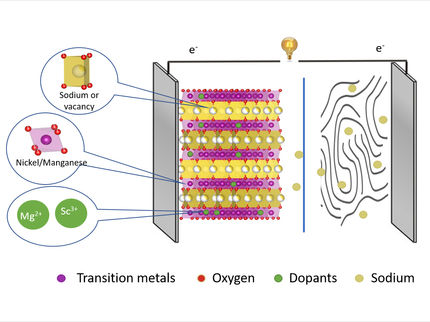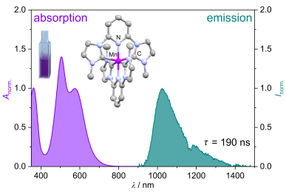New lightweight shape-shifting alloy shows potential for a variety of applications
Advertisement
A team of researchers at Tohoku University has discovered that the Mg-Sc alloy shows shape memory properties. This finding raises the potential for development and application of lightweight SMAs across a number of industries, including the aerospace industry.
Shape memory alloys (SMAs) show distinctive behaviours such as shape recovery upon heating and have a superelastic effect. They have been used in various industrial fields such as consumer electronics, housing facilities, personal ornaments, anti-seismic engineering and medical equipment.
Shape memory characteristics were first discovered in an Au-Cd alloy. Since then, such unique properties have been found in various alloy systems such as NiTi-, Cu-, Fe-, Ni-, Co- and Ti-based polycrystalline alloys.
However, these shape memory characteristics do not seem to appear in lightweight alloy systems, such as Mg and Al alloys.
This newly discovered Mg-Sc alloy with a bcc structure shows a martensitic transformation and accordingly, it exhibits superelastic effect at -150ºC (Figure 1). The Mg-20 at% Sc alloy was confirmed to exhibit a superelastic strain of over 4% and therefore show 6% recoverable strain (including both ordinary elastic and superelastic strain).
As well as the superelastic effect, shape memory effect was observed in a Mg-Sc alloy (Video 1). The team found that the operation temperature of Mg-Sc SMA can be varied by controlling Sc content, and confirmed that a Mg-Sc alloy with 18.3 at% Sc showed shape recovery upon heating from -30ºC to room temperature.
The Mg-Sc SMA has a density of about 2 g/cm3 which is one-third less than that of practical TiNi SMAs.
The researchers believe that this could have significant impact on the aerospace industry. The lighter the components, the more fuel efficient the rockets and spacecraft. So this lightweight Mg-based SMA has great potential in aerospace applications such as self-deployable space habitat frames and damping devises on spacecraft systems.
Moreover, Mg-based SMAs can also be applied in the medical field. Currently, TiNi superelastic alloys are being clinically used as self-expandable stents with great success. However, there is the problem of in-stent restenosis. To overcome the restenosis, the use of biodegradable Mg alloy stents has recently been proposed. So the Mg-Sc superelastic alloy could potentially be used in biodegradable self-expandable stents.
The researchers expect that in the future, the alloy composition will be optimized to increase the operation temperature of the Mg-Sc SMA, and the biocompatibility and biodegradable characteristics of the present alloy system will be evaluated.
Original publication
Ogawa, Yukiko and Ando, Daisuke and Sutou, Yuji and Koike, Junichi; "A lightweight shape-memory magnesium alloy"; Science; 2016

































































